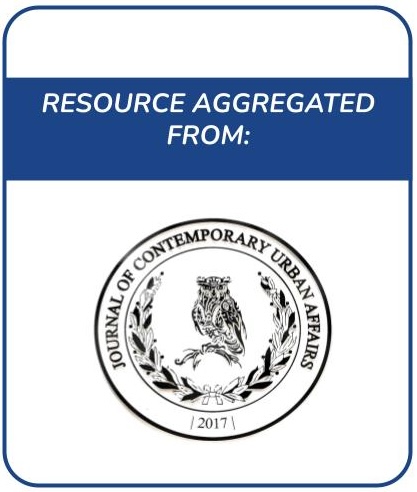Green Commercial Aviation Supply Chain—A European Path to Environmental Sustainability
The last century has witnessed European commercial aviation flourishing at the cost of environmental degradation by boosting greenhouse gas and CO2 emissions in the atmosphere. However, the outcry for net-zero emissions compels the sector’s supply chain to a minimum 55% reduction of greenhouse gas emissions below the 1990 level by 2030 and zero CO2 emissions by 2050. This study examines a European environmental sustainability path toward a green commercial aviation supply chain.



